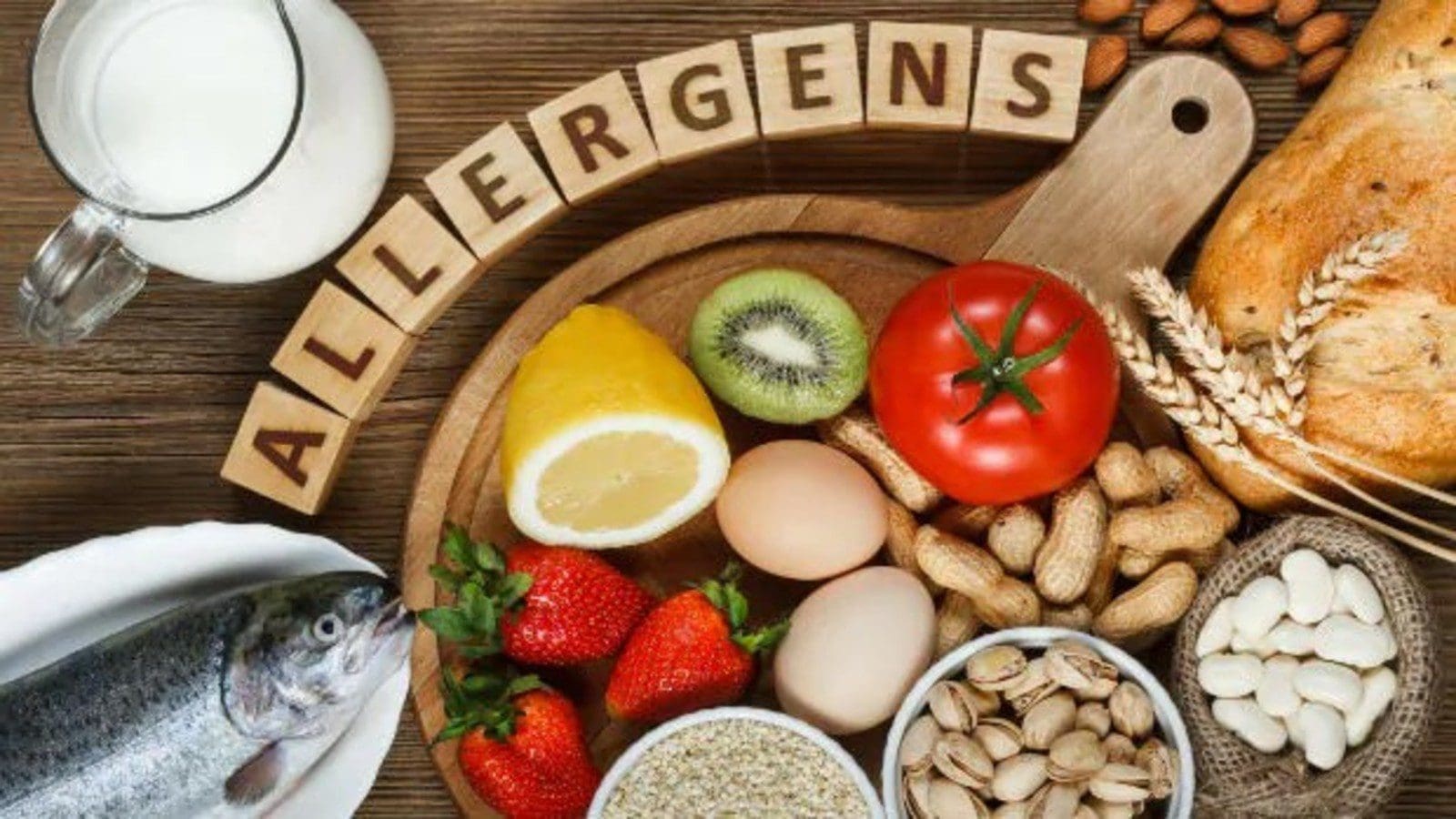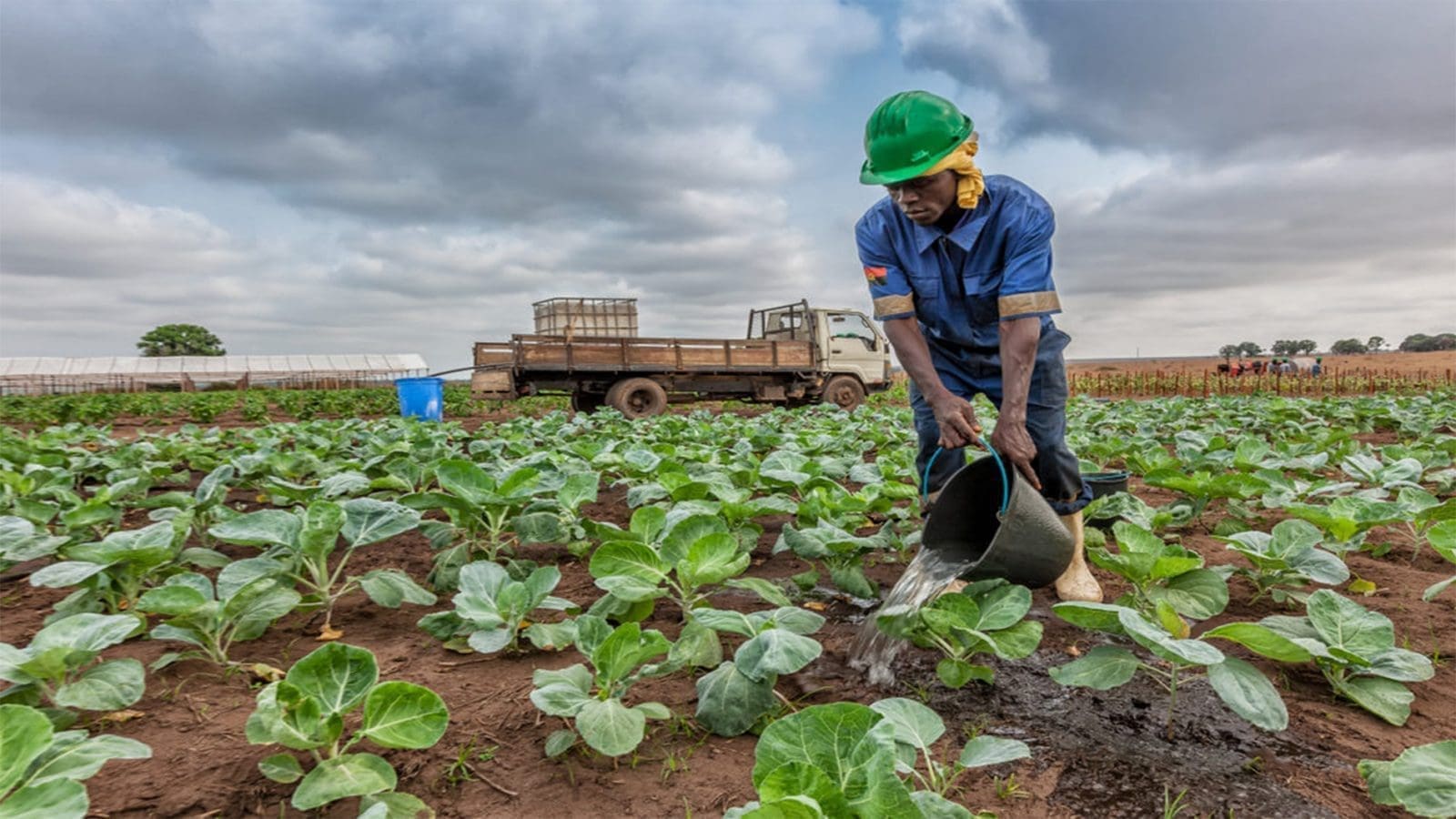U.S – The Food and Drug Administration (FDA) has finalized its Guidance for Industry (GFI) #245: Hazard Analysis and Risk-Based Preventive Controls for Food for Animals.
According to the FDA, the purpose of this guidance is to help animal food facilities develop a food safety plan that complies with FDA’s Hazard Analysis and Risk-Based Preventive Controls requirements.
The guidance document covers facilities that manufacture, process, pack or hold food intended for all animal species including food-producing animals, companion animals, laboratory animals and animals maintained in zoological parks.
Specifically, the document provides guidance on the biological, chemical (including radiological) and physical agents that are known or reasonably foreseeable hazards in manufacturing, processing, packing and holding of animal food.
It outlines the components of a food safety plan and the importance of each component and how to conduct a hazard analysis and develop a food safety plan for the animal food that you produce.
It also identifies preventive controls for biological, chemical and physical hazards associated with animal food and how to apply those preventive controls and lists preventive control management components such as monitoring, corrective actions and corrections, and verification (including validation).
The guidance document further states recordkeeping requirements associated with the food safety plan and implementation of the food safety plan.
According to the FDA, only a preventive controls qualified individual (PCQI) should prepare or oversee the preparation of the food safety plan.
A PCQI is a “qualified individual” who has successfully completed training in the development and application of risk-based preventive controls at least equivalent to that received under a standardized curriculum recognized as adequate by FDA, or is otherwise qualified through job experience to develop and apply a food safety system.
The PCQI does not need to be an employee of the facility but should be familiar with the facility and the facility’s operations.
In addition, the food safety plan must be signed and dated by the owner, operator, or agent in charge of the facility when the food safety plan is first completed and whenever the plan is modified.
As per the regulator, there is no standardized or required way to organize a food safety plan and it may be in electronic or hard copy format.
Liked this article? Subscribe to Food Safety Africa News, our regular email newsletters with the latest news insights from Africa and the World’s food safety, quality and compliance. SUBSCRIBE HERE








